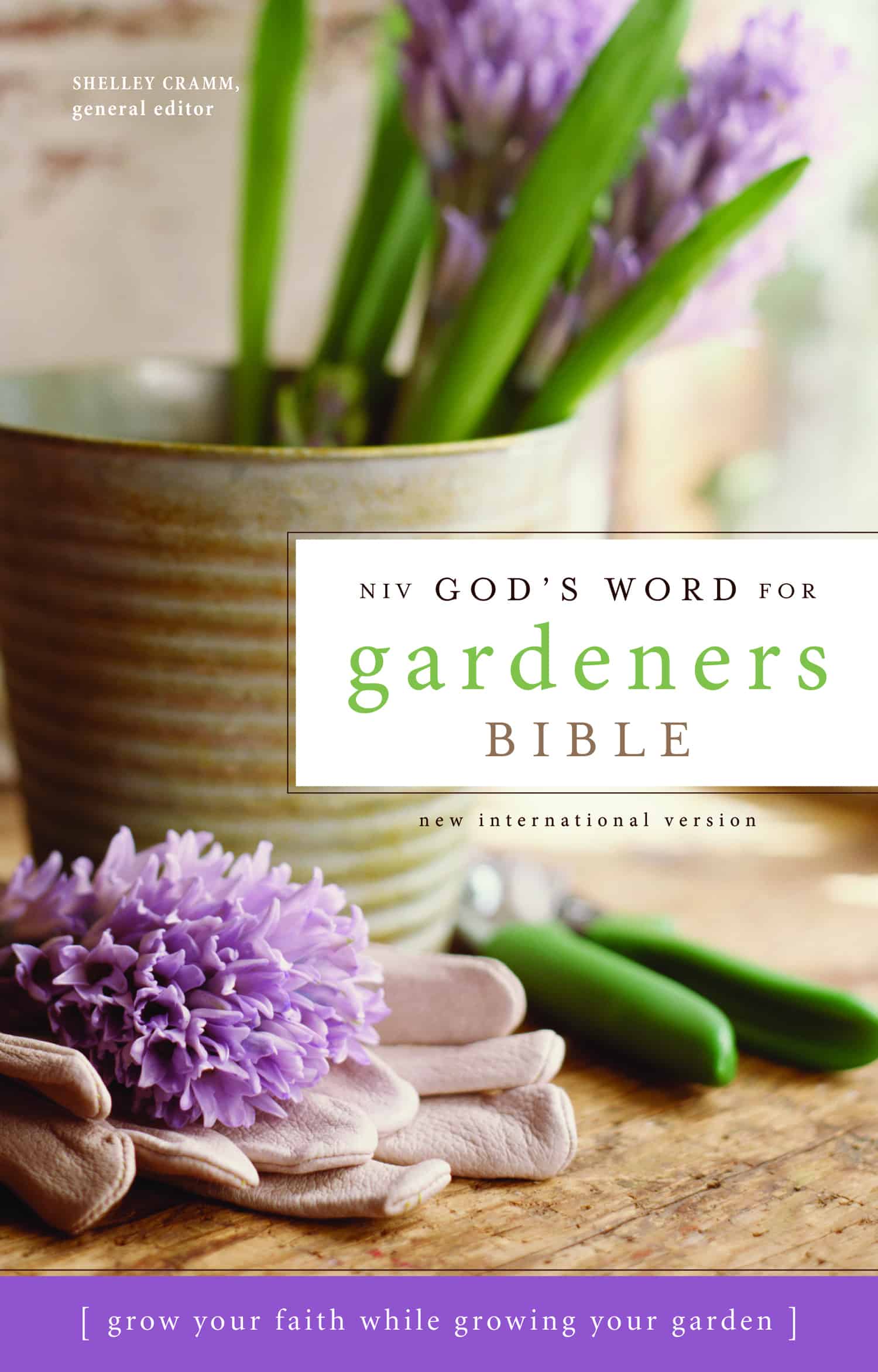Endive
Cichorium endivia
Asteraceae, Sunflower Family


That same night they are to eat the meat roasted over the fire, along with bitter herbs, and bread made without yeast...This is a day you are to commemorate; for the generations to come you shall celebrate it as a festival to the Lord—a lasting ordinance.
Exodus 12:8, 14 NIV

Find Endive in the NIV God's Word for Gardeners Bible near Numbers 9:11 & as part of the Garden Work theme of Celebrating the Harvest, page a-36

[The Egyptians] made their lives bitter with harsh labor in brick and mortar and with all kinds of work in the fields...The Israelites groaned in their slavery and cried out, and their cry for help because of their slavery went up to God.
Exodus 1:14 & 2:23 NIV
Cultural Information
| Type | Edible Annual |
| Height | 4 to 8 inches before flowering |
| Soil | well-amended and well-drained |
| Exposure | full sun |
| Leaves | varies greatly depending on variety: soft-fleshed, central vein surrounded by either broad, solid, lobed leaf surface, or parted, dentated or curly leaf edge. Usually pale to medium green with a white center. |
Planting Tips
- endive is also known as escarole or frisee; Belgian endive is technically a blanched chicory heart (yes, how confusing!)
- cultivate as a cool season crop, sowing seeds in early summer for fall harvest
- plants will over winter in zones 8 or warmer; sow seeds in fall for spring harvest and cover plants when temps drop below 30 degrees
- keep soil evenly moist
- "cut and come again," or harvest leaves a few at a time as desired for fresh salads, though outer leaves usually have a stronger flavor that the hearts
- sow seeds every 10 days or so to have whole leafy heads (or hearts) available to harvest over a longer time period
- beware if saving seeds that chicory and endive easily cross-pollinate
Garden to Table
- enjoy fresh endive leaves tossed with dressing by themselves, combined with lettuces in salads, or as greens sandwiches
- blanching is the process of sheltering nearly mature heads from sunlight for 2+ weeks, a process that removes much of a plant's bitterness. Cover plants with a clay pot and the block the drainage hole to mask out all light, and keep soil slightly moist.
- alternately, leaves can be boiled a short time to allow their sweetness to come forward
- Belgian endive (botanically, Witloof chicory) is produced by uprooting mature chicory plants, cutting back all leaves, and replanting them upright in a box or bucket of peat in a dark, cool basement for two months. See Resources for more information.
More Research
See Blog Posts on EndiveA variety of species could satisfy the story line for “bitter herbs” in the Bible, referring to plants with a leafy, herbaceous habit, a common availability — they had to be gathered hastily before the Israelites’ abrupt departure (Exodus 12:11) — and, of course, a bitter taste...In the Passover meal, bitter herbs reminded the participants of the horrible and unjust suffering experienced by their ancestors
-from the NIV God's Word for Gardeners Bible

[The Egyptians] made their lives bitter with harsh labor in brick and mortar and with all kinds of work in the fields...The Israelites groaned in their slavery and cried out, and their cry for help because of their slavery went up to God.
Exodus 1:14 & 2:23 NIV
Photo Credits
©2016 Shelley S. Cramm Cichorium endiva 'Full Heart Batavian' seedling with 'Tres Fine' growing in the background
©2016 Shelley S. Cramm Endives have many varieties, with solid and ruffled leaves—they can confuse! Curly-leaved may also be sold as frisee, and Belgian endive pictured here is actually blanched heart of chicory!
©2016 Shelley S. Cramm Several varieties of endive in the supermarket, both endive and escarole (right) are C.endivas


 Chicory
Chicory